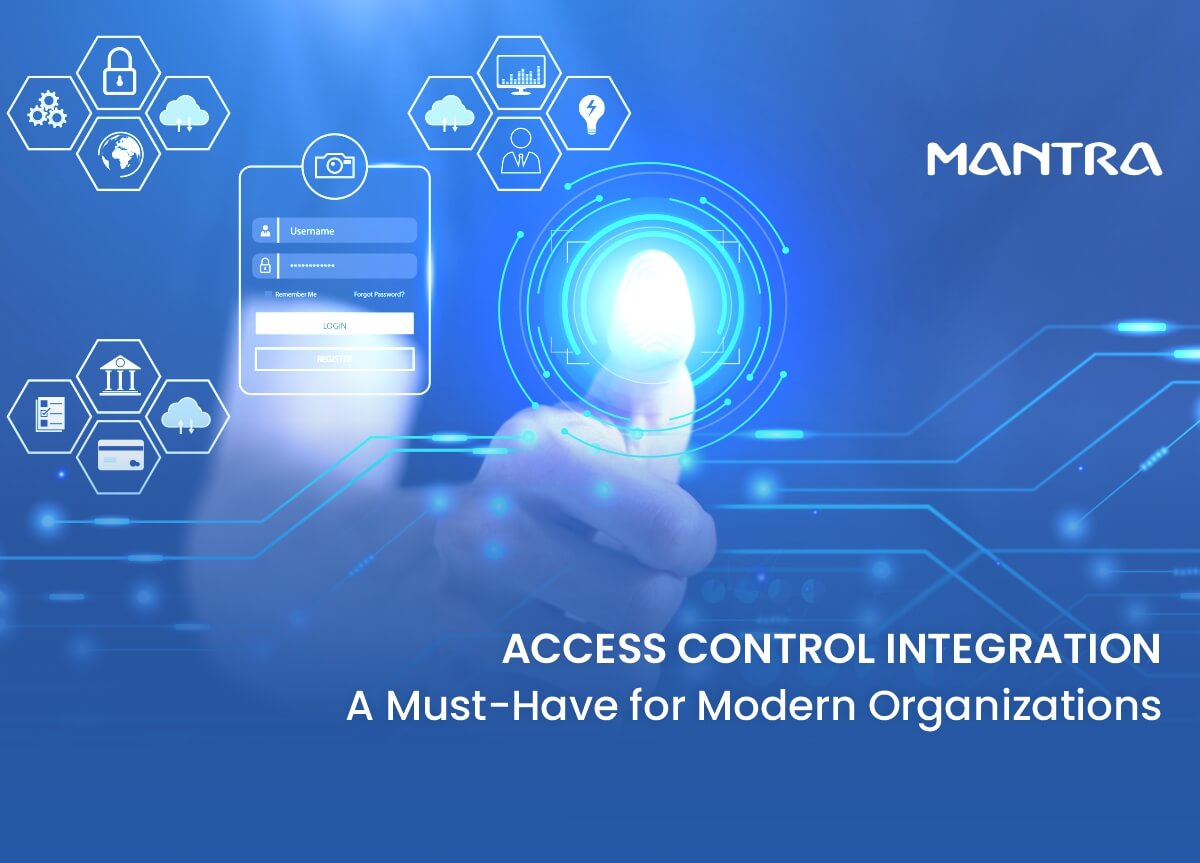
Access control integration and identity management are hot topics in enterprises and the security world. Why? You may know the answer already if you are working at an enterprise or own a business; It is the necessity of security, convenience in managing staff efficiently, and cost reduction of HR operation while enhancing their productivity truly in supporting employees and customers. Here are some of the trends you must watch for that give a better insight into the benefits it brings to enterprises.
Top Trends in Access control integration that tells its importance
These trends in access control integration with systems will give you a better understanding of why your organization must adapt it.
User access is overtaking Device Access
Security measures have traditionally focused on safeguarding devices and networks, but this strategy is no longer sufficient to secure critical information and ensure user privacy. Device access refers to the management and control of devices, such as smartphones, laptops, and tablets. While device access is crucial, it can be limited in terms of accessing data and apps from multiple places since it needs users to operate on certain devices.
There should be flexibility for HR and employees to access resources and data from their devices while they are working remotely. Also, according to the role in the organization, HR can assign the level of operation and access control to employees. Here we need user-level access (not device access).
Identity-as-a-Service (IDaaS) is in need as ever before
IDaaS is a cloud-based identity access management (IAM) service provided by a third party that allows enterprises to centrally manage user access to apps and resources. It enables businesses to manage user IDs without relying on an internal IT staff.
The proliferation of digital platforms and online services in financial transactions, networking, asset sharing, access control, and time and attendance tracking has made organizations depend on IDaaS. It offers a fast and flexible way of implementing IAM.
Digital identity verification is everywhere
Organizations require digital identity verification more than ever before, as more businesses transfer documents and assets and extend services online. Access control integration becomes more obvious when using multifactor authentication, often known as 2FA (two-factor authentication).
MFA secures the identity verification procedure. MFA combines two or more authentication methods, such as passwords, fingerprints, smart cards, or SMS codes, to authenticate a user's identity. This technique adds an extra layer of security by demanding several proofs of identification.
Also read: Why is Identity Management System Crucial in the Modern World?
Cloud-based identity and access management
Cloud access management helps organizations overcome the difficulties associated with managing their IT department for identity access control. It enables organizations to automate their identity access management operations easily. Cloud-based identity and access management (IAM) solutions offer a centralized platform for managing user identities, permissions, and authentication processes across numerous applications and systems. Most significantly, cloud services provide enterprises with the advantage of Single-Sign-On (SSO), which enables users to authenticate once and obtain access to different apps and services without needing separate credentials.
Continuous Identity Verification (CIV)
Instead of just verifying IDs during the onboarding process, businesses are implementing continuous identity verification systems. These technologies continuously monitor and evaluate user activity, identifying any suspicious behavior or changes in identity-related information. CIV solutions operate by assessing a variety of data points relating to the user's behavior and usage habits. Keystroke dynamics, mouse movements, device and network configurations, and location information are examples of such data points. CIV solutions provide a baseline of the user's usual behavior by monitoring these elements over time, which is then utilized to spot any deviations or abnormalities that may indicate a compromised or fake identity.
Conclusion
Access control integration brings organizations more effective security and easy customer service. It plays a crucial role in combating identity theft, fraud, and unauthorized access to sensitive information and helps establish trust and ensure secure interactions in the digital world. Most importantly, the access control integration consolidates access control and security management at different levels.
Shyamal soren
Made in bharat
ReplyRakesh Kumar
Samol
Reply